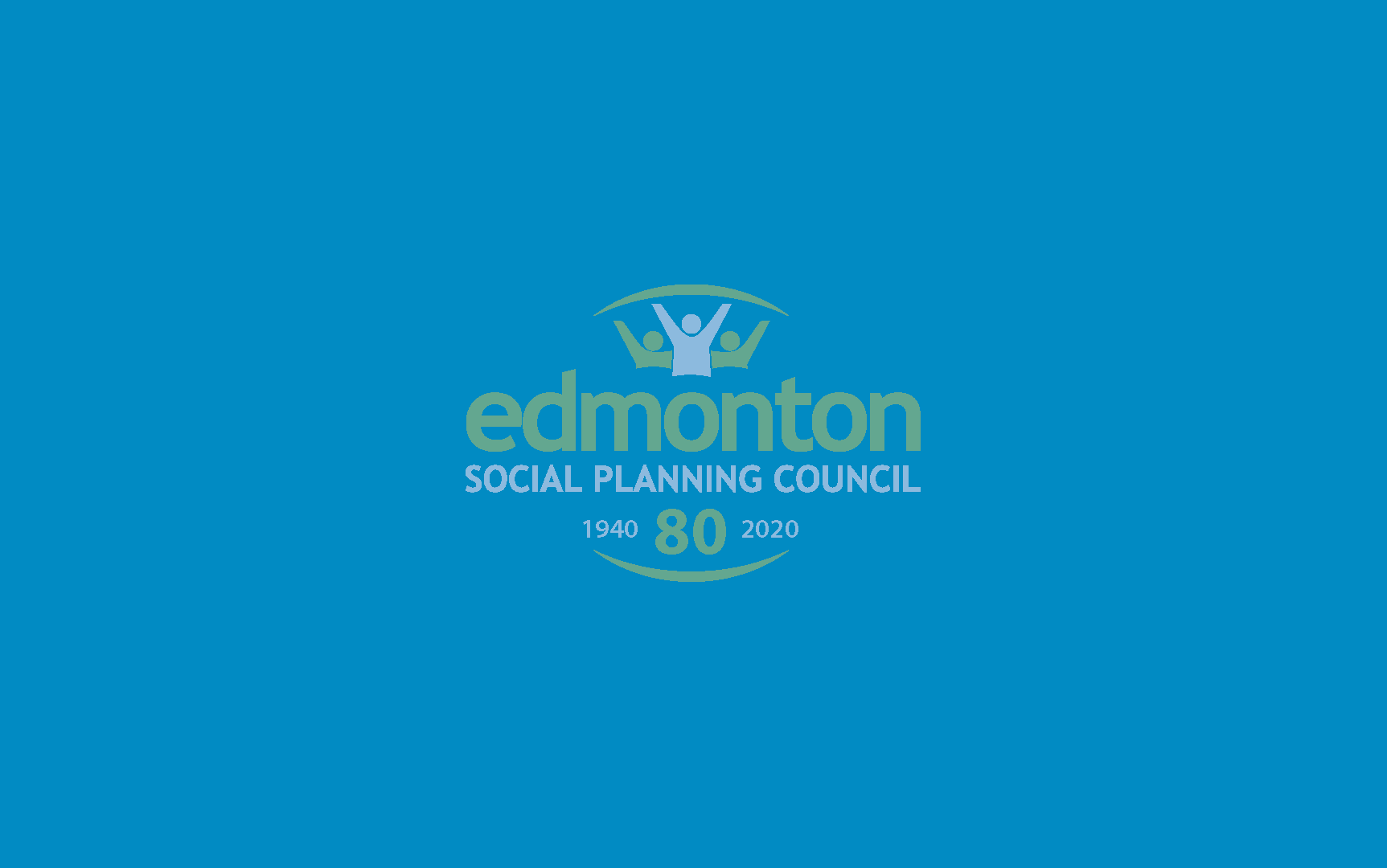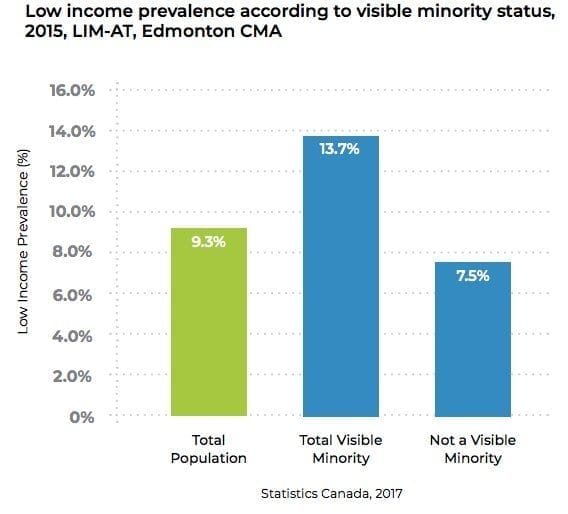[et_pb_section fb_built=”1″ _builder_version=”4.7.0″ custom_margin=”0px||0px||false|false” custom_padding=”0px||0px||false|false”][et_pb_row column_structure=”3_4,1_4″ use_custom_gutter=”on” gutter_width=”1″ _builder_version=”4.7.3″ _module_preset=”default” width=”100%” custom_margin=”0px||||false|false” custom_padding=”3px||5px|||” border_width_bottom=”1px” border_color_bottom=”#a6c942″][et_pb_column type=”3_4″ _builder_version=”4.7.0″ _module_preset=”default”][et_pb_post_title meta=”off” featured_image=”off” _builder_version=”4.7.4″ _module_preset=”default” title_font=”||||||||” custom_margin=”||3px|||” border_color_bottom=”#a6c942″][/et_pb_post_title][/et_pb_column][et_pb_column type=”1_4″ _builder_version=”4.7.0″ _module_preset=”default”][et_pb_image src=”https://edmontonsocialplanning.ca/wp-content/uploads/2020/12/COLOUR-BLOCKS_spaced-300×51.png” title_text=”COLOUR BLOCKS_spaced” align=”center” _builder_version=”4.7.7″ _module_preset=”default” max_width=”100%” module_alignment=”center” max_height=”50px” custom_margin=”0px|0px|0px|0px|false|false” custom_padding=”10px|0px|10px|0px|false|false”][/et_pb_image][/et_pb_column][/et_pb_row][et_pb_row column_structure=”3_4,1_4″ use_custom_gutter=”on” gutter_width=”1″ make_equal=”on” _builder_version=”4.7.4″ background_size=”initial” background_position=”top_left” background_repeat=”repeat” width=”100%” custom_margin=”0px|auto|0px|auto|false|false” custom_padding=”37px|0px|44px|0px|false|false”][et_pb_column type=”3_4″ _builder_version=”4.5.6″ custom_padding=”0px|0px|0px|0px|false|false” custom_padding__hover=”|||”][et_pb_text _builder_version=”4.7.4″ _dynamic_attributes=”content” _module_preset=”default” text_font=”||||||||” text_text_color=”#000000″ custom_padding=”||32px|||”]@ET-DC@eyJkeW5hbWljIjp0cnVlLCJjb250ZW50IjoicG9zdF9kYXRlIiwic2V0dGluZ3MiOnsiYmVmb3JlIjoiIiwiYWZ0ZXIiOiIiLCJkYXRlX2Zvcm1hdCI6ImRlZmF1bHQiLCJjdXN0b21fZGF0ZV9mb3JtYXQiOiIifX0=@[/et_pb_text][et_pb_button button_url=”@ET-DC@eyJkeW5hbWljIjp0cnVlLCJjb250ZW50IjoicG9zdF9saW5rX3VybF9hdHRhY2htZW50Iiwic2V0dGluZ3MiOnsicG9zdF9pZCI6IjkxNDMzIn19@” button_text=”Download the 2020 Tracking the Trends” _builder_version=”4.7.4″ _dynamic_attributes=”button_url” _module_preset=”default” custom_button=”on” button_text_color=”#ffffff” button_bg_color=”#008ac1″ custom_margin=”||19px|||” custom_padding=”||5px|||”][/et_pb_button][et_pb_text _builder_version=”4.7.4″ text_line_height=”1.6em” header_2_font=”||||||||” header_2_text_color=”#008ac1″ header_2_font_size=”24px” background_size=”initial” background_position=”top_left” background_repeat=”repeat” width=”95%” module_alignment=”left” custom_margin=”44px|0px|2px|-96px|false|false” locked=”off”]
FOR IMMEDIATE RELEASE
Edmonton’s residents are better educated than before despite persistent racial and gender inequalities. Additionally, poverty continues to negatively impact too many families as their cost of living goes up and economic challenges persist.
That’s according to the 15th edition of Tracking the Trends, the flagship publication of the Edmonton Social Planning Council since 1989, which seeks to provide a comprehensive overview of Edmonton’s social well-being.
“More students are finishing high school, and more students are moving on to post-secondary education in universities, colleges, and technical institutes,” says Sydney Sheloff, Research Officer at the Edmonton Social Planning Council. “While this is an encouraging development, we need to be mindful of the challenges we face, particularly with the upheaval caused by the COVID-19 pandemic.”
Tracking the Trends helps policymakers, researchers, and the general public understand long- and medium-term trends to help us to contextualize our current situation. Challenges such as poverty, housing and homelessness, and maintaining strong public health and education will persist long after the virus has been eradicated.
Among the notable findings include the following:
Educational Outcomes Are Improving
High school completion rates continue to improve. In addition, they are also pursuing higher education more than ever.
- The three-year high school completion rate for the Edmonton Public School Board improved by 18.1% from 57.0% in the 2000/01 school year to 75.1% in the 2017/18 school year.
- For the Edmonton Catholic School District, it improved by 28.2% from 59.7% in the 2000/01 school year to 87.9% in the 2017/18 school year.
- In the 2017/18 school year, 63.7% of students from Edmonton Public School Board enrolled in post-secondary education within six years of entering grade 10. This is up 13.5% from a rate of 50.2% in 2000/01.
- In the 2017/18 school year, 71% of students from Edmonton Catholic Schools enrolled in post secondary education within six years of entering grade ten. This is up 18.3% from a rate of 52.7% in 2000/01.
Economic Picture Still Quite Rough
Economic Realities have been tough for many Edmontonians over the past few years.
- Unemployment has slightly improved in 2019 to a rate of 7.3% compared to 8.1% in 2017.
- In 2019, the number of people accessing EI has decreased to 17,435 (it was at a record high of 27,388 people in 2016). However, those who cannot find work after EI benefits expire will often access Alberta Works. As such, 2019 saw a record high 30,860 households receiving Alberta Works.
- It’s not all bad… In 2019, 791,800 people in metro Edmonton were employed, and the economic participation rate was 72.0%.
Too Many Edmontonians Still Earn Below a Living Wage
Just looking at how many people are employed is not enough to understand the economic realities of Edmontonians. Many people in Edmonton are employed, but are not earning enough to make their needs and live in dignity.
- From July 2017 until June 2018, 69,600 adults aged 20-44 made below a living wage (which as of 2019 is defined as $16.51 per hour for a family of four with two parents working full-time).
Inequalities Still Persist Among Women and Racialized People
Women continue to face inequality in terms of incomes and employment.
- In 2018, female tax filers reported 68.7% of their after-tax income compared to male tax-filers
- In addition, 63.7% of those earning low wages are women.
- However, women actually experience lower unemployment rates than men. In 2019, the unemployment rate for men was 8.5% and for women 5.9%. This is likely because the industries men tend to work in are more affected by economic downturns.
Indigenous student’s high school completion rates are improving, but they are still well below city averages.
- In the 2009/10 school year, the three-year high school completion rate for Indigenous students attending Edmonton Public Schools was 26.6%. This improved to a 40.9% completion rate for the 2018/19 school year, a 14.3% increase.
- In the 2009/10 school year, the three-year high school completion rate for Indigenous students attending Edmonton Catholic Schools was 28.3%. This improved to a 60.6% completion rate for the 2018/19 school year, a 32.3% increase.
Indigenous people face higher unemployment rates.
- In 2019, the unemployment rate for Indigenous people was 13.2%, 5.9 percentage points higher than the total labour force.
Cost of Living going up… and many can’t keep up
- In 2019, the consumer price index was 143.2. Costs in Edmonton are 17.8% higher than they were ten years ago.
- In 2019, the average cost of a nutritious food basket for a family of four in Edmonton was $242.83.
- In October 2019, the average monthly rent for a two-bedroom apartment in Edmonton CMA in was $1,257.
Rising costs of housing, food, and other essential goods can be out of reach for many families making low incomes, putting them at risk of experiencing homelessness and food insecurity.
- Between July and September 2020, an average of 1,892 people experienced homelessness.
- 1,178 of those experiencing homelessness identified as Indigenous.
- In March 2019, the Edmonton Food Bank served 21,385 different people through its hamper program.
Poverty continues to affect too many families
Overall, poverty rates have improved. However, certain groups in the population are more likely to experience poverty
- The poverty rate in Edmonton decreased from 15.9% in the year 2000 to 12.9% in the year 2018.
- In 2018, 6.9% of persons in couple families lived in poverty, compared to 36.2% of persons in lone-parent families lived in poverty.
A huge poverty gap continues to exist. The poverty gap is the difference between the poverty line and the actual incomes of those who live in poverty.
- Lone parents with two kids experience the largest poverty gap – their median income is $15,136 below the poverty line.
- For dual low-income income families, those with two kids make $10,866 below the poverty line.
- Low income single adults are the best off, but they still make $8,683 below the poverty line.
However, Child Poverty is Improving.
- In 2018, 51,540 children and youth aged 0 to 17 years lived in poverty in the Edmonton CMA, a rate of 16.2%. This is down 6.5% points from a rate of 22.7% in 2000.
- Government income transfers, such as provincial and federal child benefits, are essential in lifting children out of poverty. In 2017, without government transfers, 28.6% of Alberta children would live in poverty. With existing transfers, 16.6% of Alberta children live in poverty.
-30-
Download the full report on our website.
For media inquiries and to arrange interviews, please contact:
Brett Lambert, Community Engagement Coordinator
E-mail: BrettL@edmontonsocialplanning.ca
[/et_pb_text][/et_pb_column][et_pb_column type=”1_4″ _builder_version=”4.7.4″ custom_padding=”0px|20px|0px|20px|false|false” border_color_left=”#a6c942″ custom_padding__hover=”|||”][et_pb_testimonial author=”Posted by:” job_title=”@ET-DC@eyJkeW5hbWljIjp0cnVlLCJjb250ZW50IjoicG9zdF9hdXRob3IiLCJzZXR0aW5ncyI6eyJiZWZvcmUiOiIiLCJhZnRlciI6IiIsIm5hbWVfZm9ybWF0IjoiZGlzcGxheV9uYW1lIiwibGluayI6Im9uIiwibGlua19kZXN0aW5hdGlvbiI6ImF1dGhvcl93ZWJzaXRlIn19@” portrait_url=”@ET-DC@eyJkeW5hbWljIjp0cnVlLCJjb250ZW50IjoicG9zdF9hdXRob3JfcHJvZmlsZV9waWN0dXJlIiwic2V0dGluZ3MiOnt9fQ==@” quote_icon=”off” disabled_on=”on|off|off” _builder_version=”4.7.4″ _dynamic_attributes=”job_title,portrait_url” _module_preset=”default” body_text_color=”#000000″ author_font=”||||||||” author_text_align=”center” author_text_color=”#008ac1″ position_font=”||||||||” position_text_color=”#000000″ company_text_color=”#000000″ background_color=”#ffffff” text_orientation=”center” module_alignment=”center” custom_margin=”0px|0px|4px|0px|false|false” custom_padding=”32px|0px|0px|0px|false|false”][/et_pb_testimonial][et_pb_text disabled_on=”on|off|off” _builder_version=”4.7.4″ _dynamic_attributes=”content” _module_preset=”default” text_text_color=”#000000″ header_text_align=”left” header_text_color=”rgba(0,0,0,0.65)” header_font_size=”20px” text_orientation=”center” custom_margin=”||50px|||” custom_padding=”48px|||||”]@ET-DC@eyJkeW5hbWljIjp0cnVlLCJjb250ZW50IjoicG9zdF9jYXRlZ29yaWVzIiwic2V0dGluZ3MiOnsiYmVmb3JlIjoiUmVsYXRlZCBjYXRlZ29yaWVzOiAgIiwiYWZ0ZXIiOiIiLCJsaW5rX3RvX3Rlcm1fcGFnZSI6Im9uIiwic2VwYXJhdG9yIjoiIHwgIiwiY2F0ZWdvcnlfdHlwZSI6ImNhdGVnb3J5In19@[/et_pb_text][/et_pb_column][/et_pb_row][/et_pb_section]




